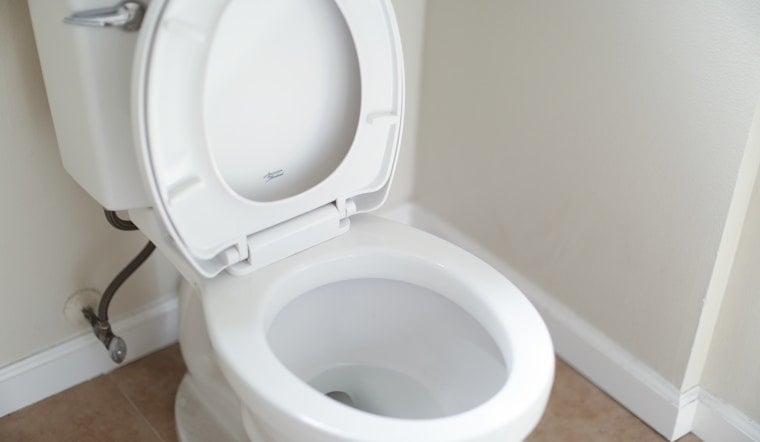
A program to test wastewater at sewage treatment plants in order to better assess the presence of the coronavirus in a community is set to begin via a partnership between Stanford University, Santa Clara County, and San Jose’s Environmental Services Department.
So far, in much of the United States, metrics about a county's confirmed COVID cases have come solely through nasal swabs and testing labs. But experts have long been cautioning that these are likely undercounts given that not everyone is getting tested frequently, and an estimated 40% of those infected with the coronavirus remain asymptomatic and may never see a need to get tested because of this.
Testing wastewater, however, could provide a much more accurate point-in-time assessment of the prevalence of the virus in a particular geographic area, as the SARS-CoV-2 virus has been found to be present in people's stool.
"Wastewater data complements the data from clinical testing and may provide additional insight into COVID-19 infections within communities," says Stanford's Alexandria Boehm, a professor of civil and environmental engineering, who co-authored a study on wastewater surveillance that was published earlier this month.
As BrokeAss Stuart reports, the new program in Santa Clara County, which has been funding for six months, comes ahead of a slower-moving effort by the Centers for Disease Control and Prevention which was just announced Monday. While some cities have already begun testing their wastewater for similar efforts, the CDC's National Wastewater Surveillance System (NWSS) is "developing a portal for state, tribal, local, and territorial health departments to submit wastewater testing data into a national database for use in summarizing and interpreting data for public health action."
Santa Clara County currently has the highest number of daily new cases of COVID-19 being detected through testing in the Bay Area, and consequently it is also seeing the highest levels of hospitalizations, with over 700 COVID patients currently in county hospitals. The wastewater surveillance program will hopefully help in efforts to get the current surge under control, and to provide a way for the county and the city of San Jose to catch a future uptick in cases before it is detected through usual testing programs.
The CDC cautions that "Low levels of infection in a community may not be captured by sewage surveillance," and "The lower limits of detection (i.e., the smallest number of people shedding the virus in stool that can still be detected by current testing methods) for sewage surveillance are not yet well understood."









